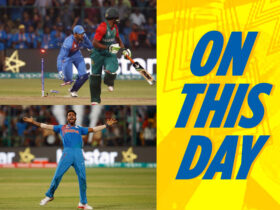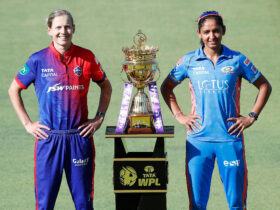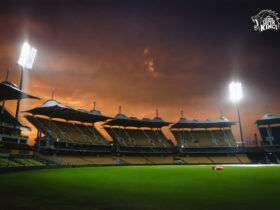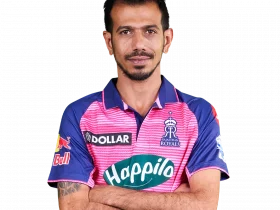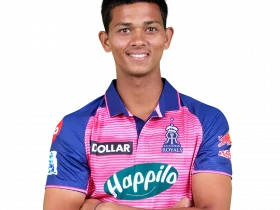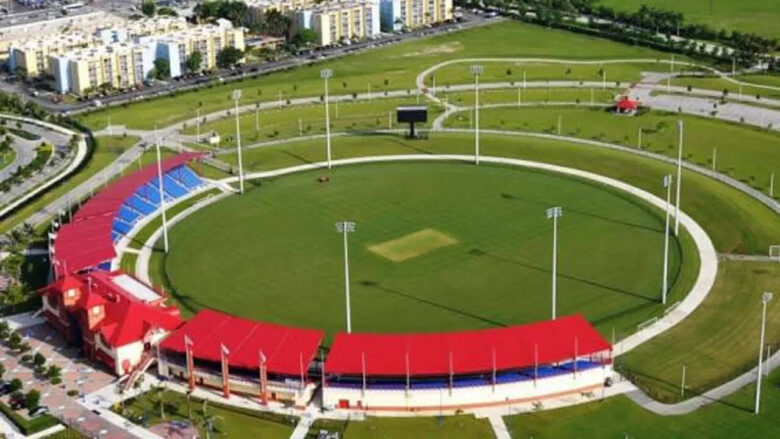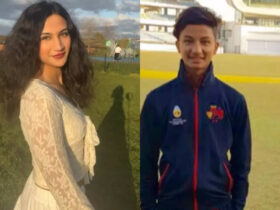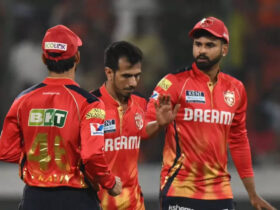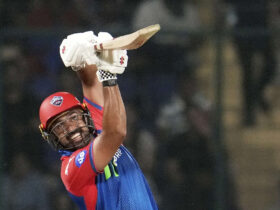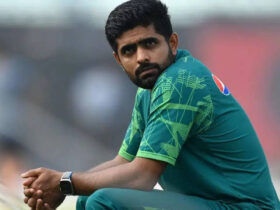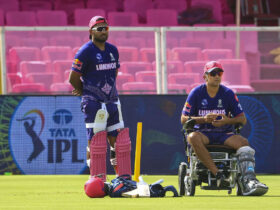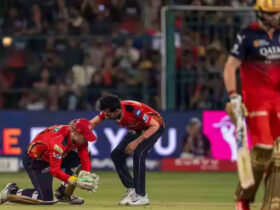Introduction: Cricket in the United States is at a crossroads as USA Cricket (USAC) grapples with an escalating internal crisis. With the International Cricket Council (ICC) Chairman Jay Shah set to visit the USA next month, USAC’s attempt to broker peace with terminated directors has hit a brick wall. Already under a suspension notice from the ICC for misgovernance charges flagged at last year’s Annual General Meeting (AGM), the organization faces a fresh legal storm that threatens its very existence.
The Core Conflict: Last month, terminated directors Arjun Gona, Kuljit Nijjar, and Patricia Whitaker, along with incumbent director Atul Rai, served a legal notice to USAC, intensifying an already volatile situation. In a desperate bid to quell the unrest before Shah’s arrival, USAC reinstated Gona and Nijjar to the board. However, the plaintiffs remain unmoved, refusing reconciliation until their grievances—primarily the reinstatement of all terminated directors and the removal of current board members including President Venu Pisike—are addressed through the courts.
Selective Reinstatement Sparks Outrage: The decision to exclude Whitaker, an independent director unlike the elected Gona and Nijjar, has fueled accusations of discrimination and malice. USAC’s ethics committee had terminated the trio in February this year, citing charges of disrupting meetings, breaching confidentiality, and prioritizing personal interests over the organization’s welfare. Whitaker’s alleged misconduct, limited to writing a letter to the ICC—a practice not uncommon among other board members—has been deemed minor compared to the accusations against her counterparts. Atul Rai, speaking to Cricbuzz, criticized the selective reinstatement, stating, “If governance protocols are the justification for reinstatement, then all three should return. Whitaker’s complaint is negligible compared to the others.”
Community Backlash: The Dallas Cricket League (DCL), the home organization of Gona and Nijjar, has also condemned USAC’s actions. In a scathing press release, the DCL labeled the board’s move as “discriminatory” and “undemocratic”, arguing that excluding Whitaker while reinstating the others under identical allegations undermines USAC’s credibility. The statement read, “This selective action serves as undeniable proof of the unethical and unlawful practices that have defined the Board’s leadership over the past year.”
Broader Implications: The ongoing lawsuit has derailed USAC’s director-level elections, originally slated for January, and drawn ire from both the ICC and the United States Olympic and Paralympic Committee (USOPC). USAC’s bid to be recognized as the National Governing Body (NGB) for cricket in the USA hangs in the balance, with the USOPC setting a May deadline for certification, contingent on a fully functional board. The current chaos starkly contradicts this precondition, jeopardizing not only their NGB status but also their standing with the ICC. With cricket gaining traction in the USA—highlighted by the upcoming 2024 T20 World Cup co-hosted with the West Indies—this turmoil could stifle the sport’s growth at a pivotal moment.
Conclusion: As USA Cricket treads on increasingly thin ice, the clock is ticking. With the USOPC deadline looming and ICC Chairman Jay Shah’s visit on the horizon, the organization must urgently resolve its internal conflicts to avoid potential termination from both governing bodies. The dream of establishing cricket as a mainstream sport in the USA, catalyzed by events like the 2028 Los Angeles Olympics where cricket will feature, hangs in the balance. Will USAC find a way to unify its fractured board, or is this the beginning of an irreversible decline? Only time will tell, but the stakes have never been higher.


